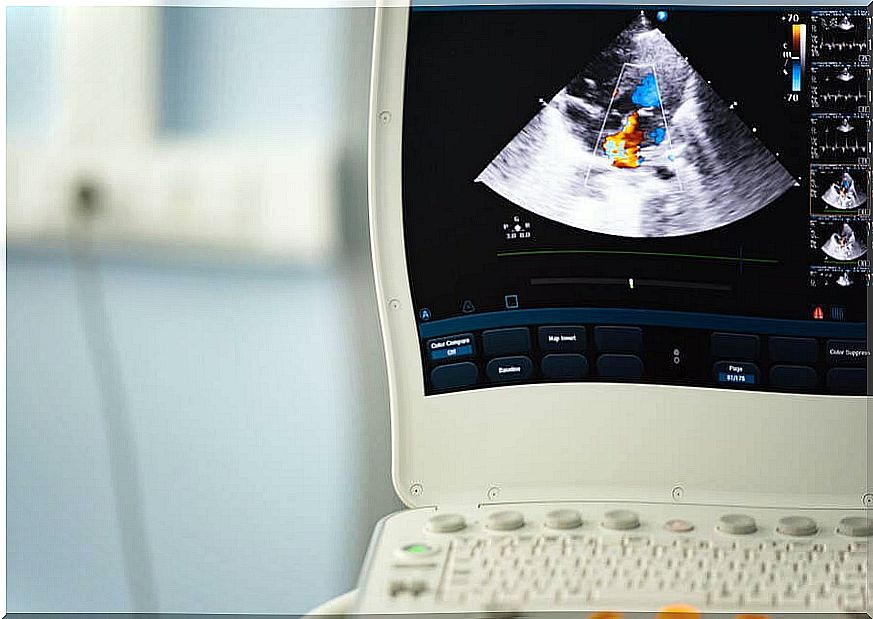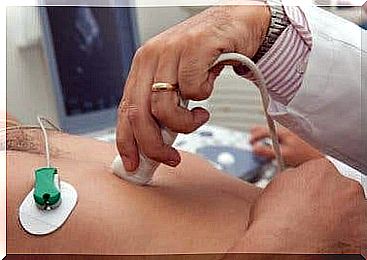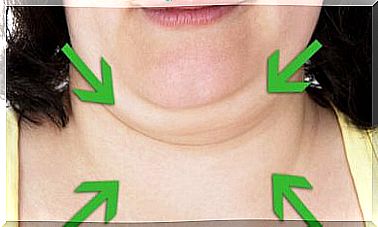Bicuspid Aortic Valve: Diagnosis And Treatment
The bicuspid aortic valve is a congenital malformation that must be monitored for life. Find out more about this topic today.

The bicuspid aortic valve is a congenital malformation in which the aortic valve has only two instead of the usual three pockets. This creates several problems as the aortic valve is responsible for moving the oxygen-rich blood from the heart to the aorta.
Various studies indicate that it is a congenital heart valve defect that is very common.
This usually does not cause problems in childhood, but various complaints express themselves in adulthood. Therefore, early diagnosis is essential in order to be able to apply an efficient therapy.
Bicuspid aortic valve
Symptoms

Various symptoms can indicate a bicuspid aortic valve even in childhood. That is why it is very important to pay attention to possible complaints of children and to get to the bottom of the cause.
The following signs could indicate a heart valve defect:
- Excessive tiredness: Even with the smallest exertion, the child feels exhausted and cannot complete the activity.
- Chest pain: The affected child has mild chest pain, which can make breathing difficult.
- Palpitations: The heartbeats are usually fast and irregular.
- Unconsciousness: Affected children may pass out due to being very tired or for no apparent reason. They usually also have very pale skin.
If you have these symptoms, it is imperative that you have your child examined by a doctor as soon as possible so that the doctor can initiate appropriate examinations.
Bicuspid aortic valve: diagnosis

With the help of a stethoscope, the doctor listens to the sounds of the heart to detect irregular heartbeats and detect abnormal signs. To diagnose a bicuspid aortic valve, he then does an echocardiography, which he can use to assess heart function.
Bicuspid aortic valve: treatment
Various treatment options are available to the doctor. However, regular check-ups are always very important to quickly identify other problems, such as an enlarged aorta.
- Aortic valve replacement: In this case, the faulty valve is replaced with a mechanical or biological valve prosthesis.
- Balloon catheter valvuloplasty: This method is used to widen the opening of the aortic valve. Treatment usually needs to be repeated because the aortic valve has a tendency to narrow.
- Surgery: The enlarged area of the aorta is removed and replaced. There is also an option to repair the aortic valve.
Many studies are still looking for an efficient solution to this congenital heart valve disease, which can affect the quality of life of those affected.
Lifelong control for heart valve defects

If a bicuspid aortic valve is diagnosed, the patient must keep regular check-ups throughout life to avoid complications, even after treatment. Regardless of whether the problem was solved with surgery or valve replacement, these check-ups are essential.
In addition, all close family members must be examined with an echocardiography, since it is an inheritable malformation.
We hope you found this article interesting because it is a common problem that is not immediately apparent. If you notice possible symptoms in your child, you should definitely have them examined by a doctor!









